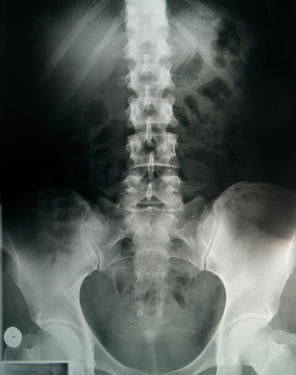Making Sense of Bone Quality and Bone Density
February 06, 2015 2 min read

Bone density testing is based on a special x-ray method called densitometry. The method of testing is referred to as Dual X-ray Absorptiometry (DXA). DXA testing arrived on the scene in the early 90 and by 1994 a new criteria was accepted by the World Health Organization to diagnosis osteoporosis and osteopenia (low bone density). The cut off diagnosis was determined to be 30% less bone density than an average 30 year old. Once this diagnosis was set in motion doctors around the world thought that they needed to treat, not only those who had osteoporosis, but also osteopenia, which is 12 to 24% less bone density than an average 30 year old. This new testing helped identify those at risk of fracture and treatments that saved lives and it also led to thousands of people taking medications who had little to no risk of fractures.
The National Institute of Health broadened the definition of osteoporosis and this definition better reflects true bone health.
“Osteoporosis is a skeletal disorder characterized by compromised bone strength predisposing one to an increased risk of fracture. Bone strength reflects the integration of two main features: bone density and bone quality.”
This definition recognizes the concepts of both bone density and bone quality. It is important to note that bone density is only one aspect of bone health. If bone density is seriously low, it is easy to imagine that both bone strength and bone quality will be compromised. However, if bone density is only somewhat low, an individual’s overall bone strength may not be significantly impaired. A simple example of the importance of bone strength can be seen in the case where two people have the exact same bone mineral density measurement—but one person may be fracturing easily while the other is not. What’s the difference? One answer to that question could be a difference in bone quality. Currently it is not possible to quantify bone quality in the same way that we can measure bone mineral density through DXA tests. But a few factors that can independently affect bone quality include smoking, poor diet, and malabsorption syndromes.
Another way to appreciate the concept of bone quality is flexibility. Healthy bone has some suppleness when pressure is applied to it. Think of bending a healthy tree branch, it has some give. Dead tree branches snap easily.
BONE STRENGTH = GOOD DENSITY + FLEXIBILITY
Subscribe
Sign up to get the latest on sales, new releases and more …

